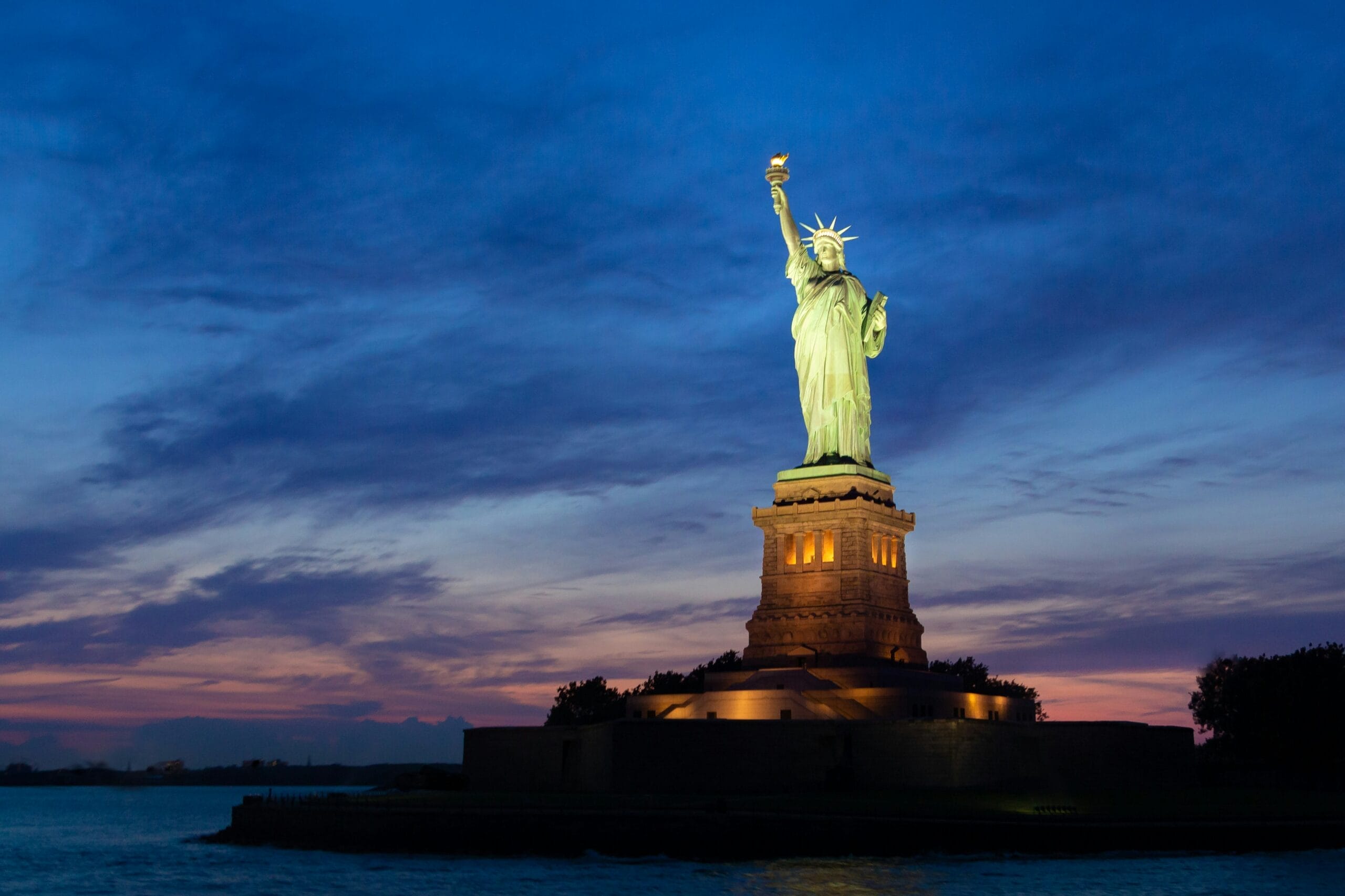Your National Monument Questions, Answered . . .
Unlike National Parks, which are created by an act of Congress, national monuments are established or expanded through executive action, designated by a president of the United States. The Antiquities Act of 1906 authorized the president to proclaim national monuments on federal lands that contain “historic landmarks, historic and prehistoric structures, and other objects of historic or scientific interest.”
There are currently more than 100 national monuments in the United States, with the vast majority managed by the National Park Service. Others are managed by federal agencies like the U.S. Forest Service, the U.S. Fish and Wildlife Service, and the Bureau of Land Management.
Depending on the size and type of national monument, there are many allowed activities, including camping and backpacking; hunting and fishing; horseback riding; and hiking and biking. Unlike a National Park, however, there are occasionally permitted industrial uses that might seem at odds with a protected area. In general, national monuments protect “existing rights,” meaning that whatever use was allowed before the designation can continue. That might include oil and gas drilling, mining, and cattle grazing.
At TPL, we support our peer organizations like the Wilderness Society in advocating for new national monuments. As part of a monuments coalition, we have helped generate thousands of petition signatures and letters of support. In May of 2024, Myke Bybee, TPL’s senior director of government relations for land protection, and Thomas S. Reeve, a member of TPL’s National Board, attended an event in Washington, D.C. to deliver a batch of petitions in support of a half dozen national monuments.
Trust for Public Land has contributed to the protection of more than 6,800 acres of national monuments, visited by millions of people annually, as they connect to nature, experience cultural treasures, and enjoy the outdoors.
TPL advocates for new national monuments and the expansion of existing ones. And frequently, we circle back after a monument is created to improve public access by protecting adjacent lands. “Some of the things we undertake are not very sexy—like setting aside land for new parking lots—but they are still very important when it comes to access,” Bybee said.
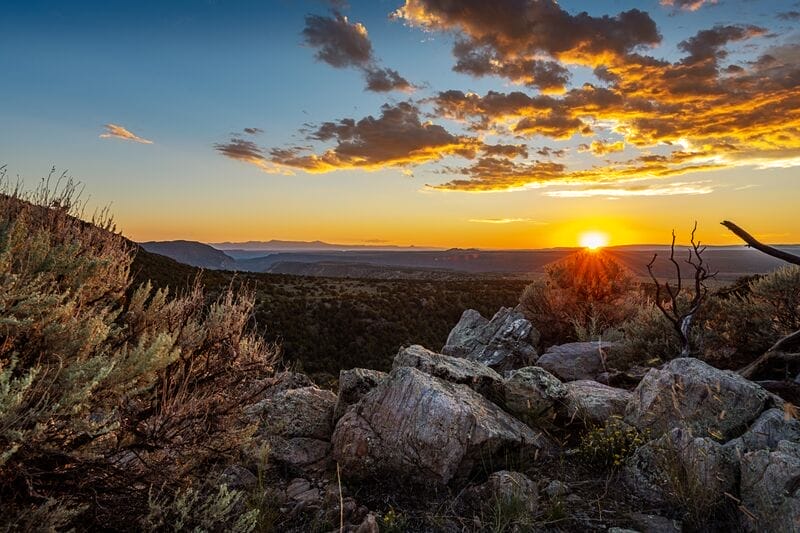
State: New Mexico (north-central)
Acreage: 242,000
Created: March 25, 2013
In the field, we look for ways to protect land adjacent to existing national monuments. The most recent example is Rio Grande Del Norte National Monument. With its deep gorges, volcanic cones, grassy plains and mountain peaks, Rio Grande del Norte National Monument offers both stunning scenery and outdoor recreation. Its diverse habitats are home to elk, mule deer, and bighorn sheep, as well as predators like cougar and black bears. Trust for Public Land has worked to protect these picturesque landscapes for years, and cheered the monument’s creation by President Obama. In the past two decades TPL has completed ten land acquisition projects in and around the monument, protecting 25,000 acres and creating new trailheads and improved access points. Our latest victory: on May 30, 2024, we conserved 3,700 adjacent acres of land at the southern end of the monument, conveying the property to the Bureau of Land Management, which owns and operates the national monument. The parcel, located next to the Taos Valley Overlook, features critical wildlife habitat and important recreational opportunities.
“It’s essentially along the highway, so it will create a great public access point,” says Myke Bybee, TPL’s senior director of government relations for land protection.
Another parcel adjacent to the monument is slated for protection later in 2024.
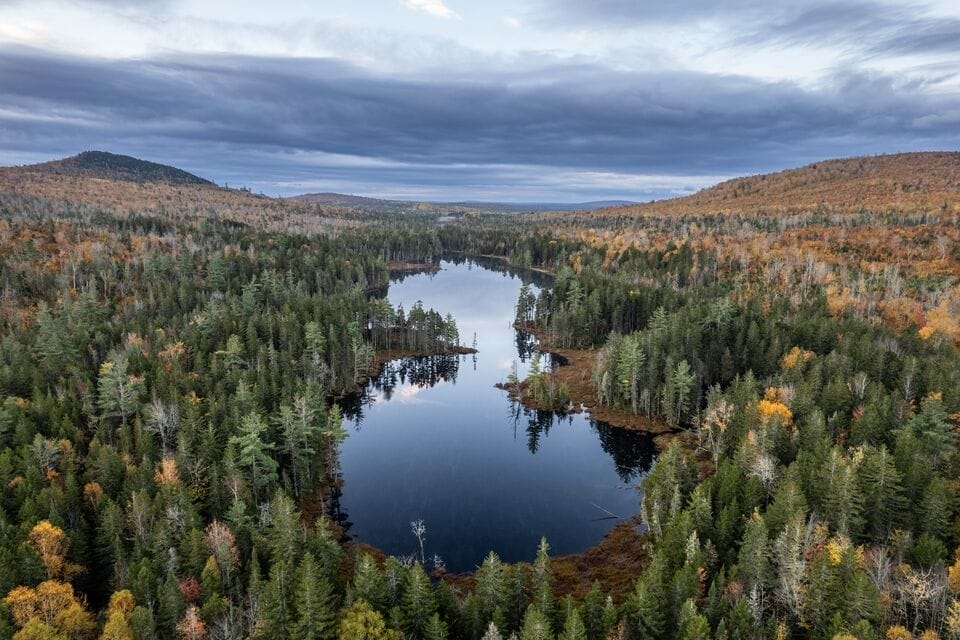
State: Maine (north-central)
Acreage: 87,563
Created: August 24, 2016
This expansive treasure, located about 200 miles northeast of Portland, boasts dense forests, rushing rivers and wildlife ranging from moose and black bear to bald eagles and bobcats. The national monument borders Baxter State Park, which includes Mount Katahdin, the highest peak in Maine, at 5,269 feet. It was created by President Obama and its origin has an interesting tie to Trust for Public Land. Lucas St. Clair, who chairs TPL’s National Board, is president of the Elliotsville Foundation, Inc., which donated all of the land for the national monument to the National Park Service. In the fall of 2023, TPL announced a plan that would greatly improve access to the national monument. The plan is part of an innovative tribal “land back” project that will restore nearly 30,000 acres to the Penobscot Nation while at the same time creating vitally needed southern access to the national monument on roads through the property.
When completed, the effort will represent the largest land return in American history between a U.S.-based nonprofit and a tribal nation.
Importantly, while the Penobscot Nation will be legal stewards of the land, known as Wáhsehtəkʷ, the project will allow the public to use certain roads on the property, thus creating new and much-needed southern access to the Katahdin Woods and Waters National Monument. Given its close proximity to the national monument, Wáhsehtəkʷ has long been a key puzzle piece in providing easier access for the communities of Millinocket, East Millinocket and Medway. Trust for Public Land expects to make the roads available for the National Park Service to create the southern access.
“It will make it a 30-minute drive instead of more than an hour,” explained Myke Bybee, , TPL’s senior director of government relations for land protection, adding that the communities were eager for the economic development potential of quicker access.
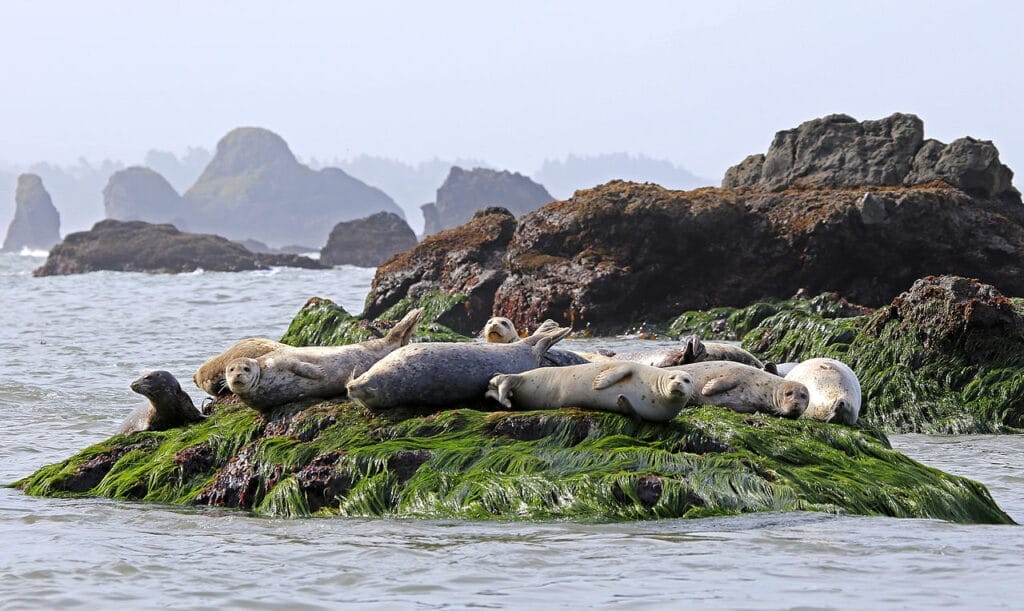
State: California (west)
Acreage: 7,924
Created: January 11, 2000
Expanded: March 11, 2014 and January 12, 2017
Situated along the entire length of the state’s 1,100-mile coastline, the California Coastal National Monument protects islets, reefs and rock outcroppings within 12 nautical miles of shore. There are believed to be 20,000 such outcroppings, which together provide critical habitat for marine-dependent wildlife. Those include some 200,000 breeding seabirds and thousands of marine mammals, from harbor seals to Steller’s sea lions. In addition, there are nearly 8,000 acres of public land on six onshore units: Trinidad Head, Waluplh-Lighthouse Ranch, Lost Coast Headlands, Piedras Blancas, Point Arena-Stornetta, and Cotoni-Coast Dairies. In 2014, TPL made a key addition to the 1,655-acre Point Arena-Stornetta expansion; three years later, we played a decisive role in adding the spectacular Cotoni-Coast Dairies, a seven-mile stretch north of Santa Cruz, to the monument.
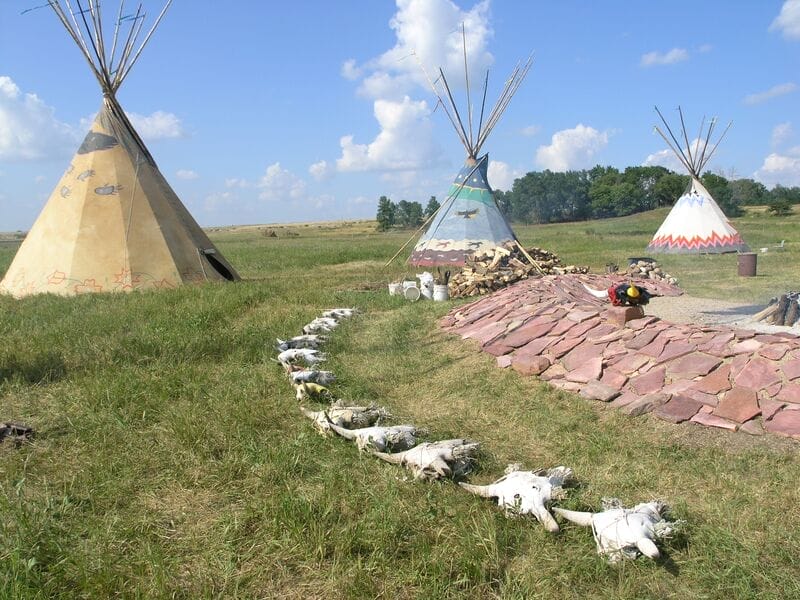
State: Minnesota (southwest)
Acreage: 301
Created: August 25, 1937
Expanded: March 10, 2007
Pipestone National Monument is so-called because of its soft, red stone, which for more than 3,000 years has been quarried by Indigenous peoples for the purpose of making pipes used in prayer and ceremonies. It is a tradition that endures, with the site’s 56 quarry pits reserved for Native Americans enrolled in federally recognized tribes. Indeed, the quarries are considered culturally significant to nearly two dozen tribal nations across North America. In 2007, Trust for Public Land donated 15 acres of land adjacent to the national monument to the National Park Service. The addition prevented future development next to one of the monument’s signature attractions, Winnewissa Falls. It also allowed for the restoration of the native tall grass prairie that once dominated the region.
This raw, beautiful landscape in Southern California is home to Indigenous heritage sites, and it provides critical habitat for threatened and endangered species. Urge the administration to safeguard this extraordinary landscape today!

